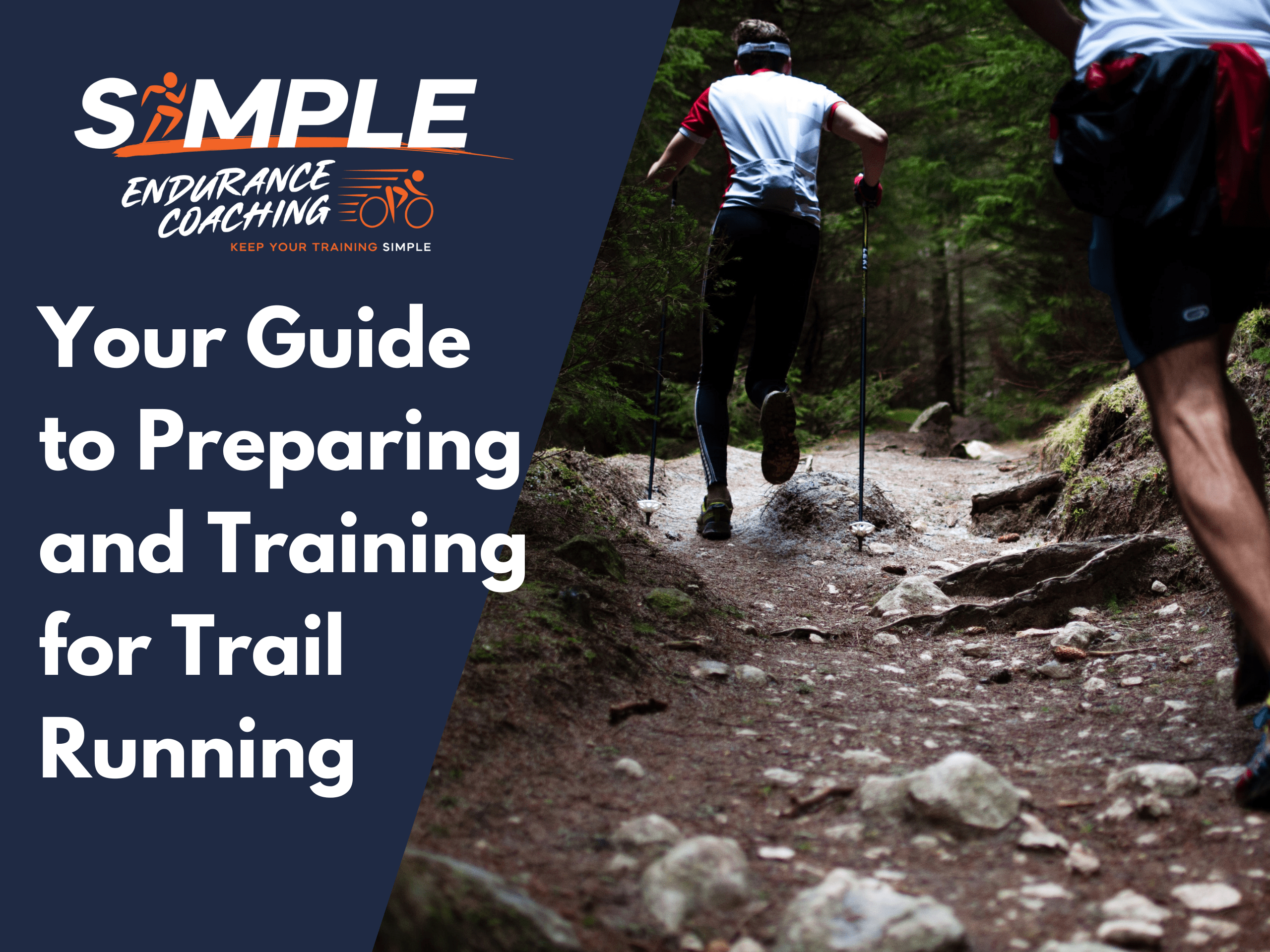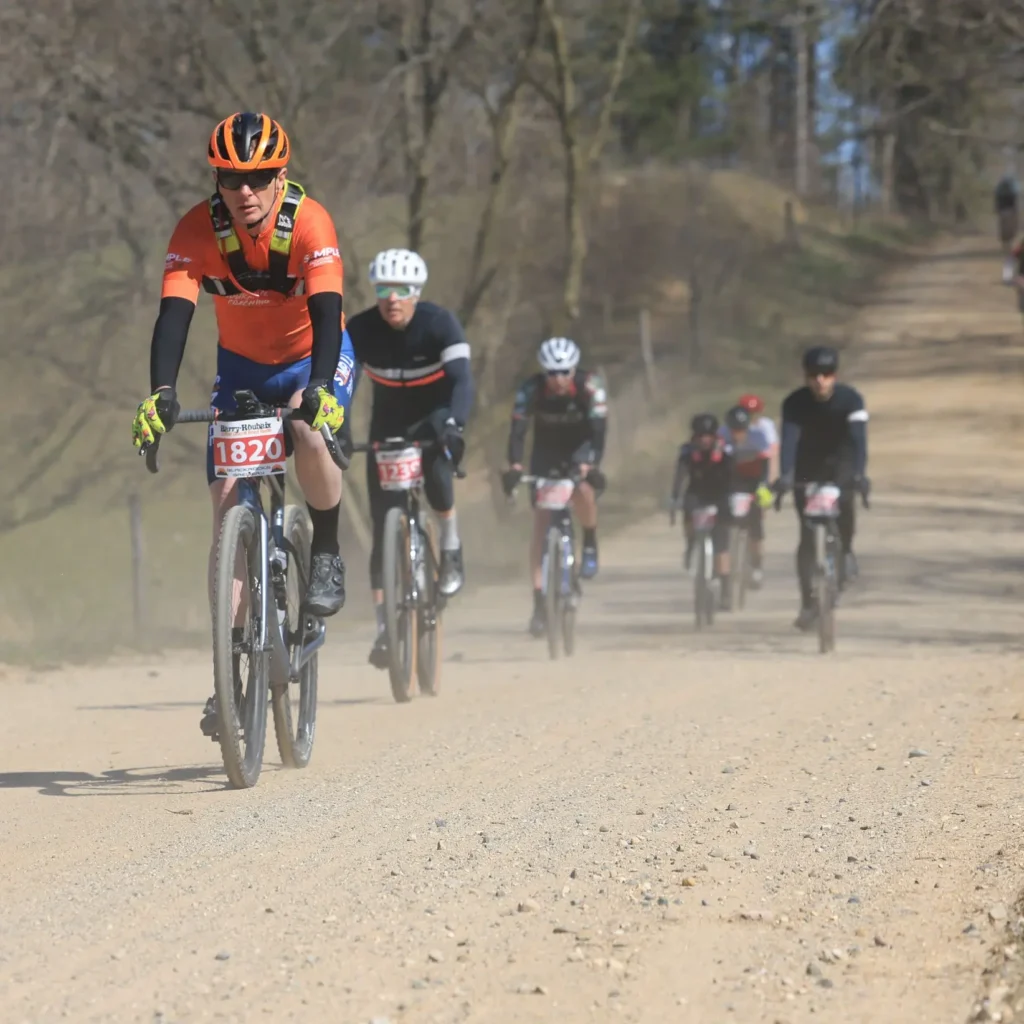How to train and prepare for your best – or first – trail running performance
Are you ready to lace up your running shoes and hit the trails?
Trail running is not only a fantastic way to stay fit and active, but it also offers a thrilling change of scenery from pounding the pavement.
Whether you’re just starting out or looking to take on an ultra-distance event, this blog post will provide you with all the tips and tricks you need to train for your best trail running adventure.
From finding the perfect pair of trail running shoes to improving your speed and endurance, we’ve got you covered.
So grab a water bottle, strap on your backpack, and let’s dive into the world of trail running together!

What is trail running?
Trail running is a sport that takes you off the beaten path and onto nature’s playground.
Unlike traditional road running, trail running involves traversing various terrains such as dirt trails, rocky paths, and even steep inclines.
It’s a thrilling way to connect with nature while challenging your body and mind.One of the best things about trail running is the sense of adventure it brings.
Each run becomes an exploration as you discover new trails, encounter wildlife, and soak in breathtaking views along the way.
The constantly changing scenery keeps things exciting and helps to alleviate any monotony often associated with road running.Trail running also offers a unique physical challenge.
The uneven surfaces force your body to adapt and engage different muscles compared to road running.
Your core stability is tested as you navigate tricky terrain, while your legs are strengthened by tackling uphill climbs and downhill descents.But it’s not just about the physical benefits; trail running also provides mental respite from our busy lives.
The tranquility of nature can have a calming effect on our minds, reducing stress levels and promoting mindfulness during each run.
How to start trail running?
If you’re looking to venture off the beaten path and experience the thrill of running amidst nature’s beauty, trail running is an excellent choice.
Unlike road running, trail running allows you to explore scenic trails and immerse yourself in a different kind of challenge. But where do you start?First, find local trails or parks with designated paths for runners. Start by walking these trails to familiarize yourself with the terrain and any potential hazards. As you become more comfortable, pick up the pace and incorporate short bursts of jogging.
Investing in a pair of trail running shoes is crucial for comfort and safety. These specialized shoes provide better traction on uneven surfaces and protect your feet from rocks, roots, and other obstacles found on trails.
When it comes to training for trail running, gradually increase your mileage over time to build endurance and strength. Focus on incorporating hill repeats into your workouts as this will prepare you for the uphill climbs common in trail races.
To improve your overall performance, include cross-training activities such as hiking or cycling into your routine. These exercises help strengthen different muscle groups while giving your body a break from high-impact movements.
One important aspect often overlooked is practicing proper form when tackling technical sections or downhill descents. Lean slightly forward when going downhill to maintain balance and control while engaging core muscles for stability.
Don’t forget about nutrition and hydration during longer runs or races!
Pack energy gels or bars along with plenty of water to avoid dehydration and keep energy levels steady throughout your run.
How to train for trail running?
Trail running is one of the most exhilarating and challenging forms of running.
It allows you to connect with nature, push your limits, and experience stunning landscapes that you wouldn’t normally see on a regular road run.
But before you hit the trails, it’s important to properly train and prepare yourself for this demanding sport.Start by gradually incorporating trail runs into your training routine.
Begin with shorter distances on easy terrain and slowly increase both distance and difficulty over time.
This will help build your endurance and give your body time to adapt to the uneven surfaces and varying inclines.In addition to building up mileage, it’s crucial to include strength training exercises in your regimen. Focus on strengthening your lower body muscles such as quadriceps, hamstrings, calves, and glutes as these play a vital role in navigating tricky trails.
Furthermore, don’t forget about cross-training activities like hiking or cycling which can improve overall fitness while giving you a break from impact forces associated with running.
Choosing the right gear is another essential aspect of trail running preparation. Invest in a good pair of trail running shoes that provide excellent traction on different terrains while offering stability and protection for your feet.
Lastly but importantly, don’t underestimate the power of rest days during training.
Resting allows your body time to recover, muscles repair, and reduces the risk of injury.
Listen carefully to what your body needs, balancing hard work with adequate rest, is key to improving performance and avoiding burnout.
By following these guidelines, you’ll be well-equipped and prepared for the challenges of running.
How to choose a trail running shoe?
Choosing the right trail running shoe is essential for a successful and enjoyable experience on the trails.
With so many options available, it can be overwhelming to know where to start.
Here are some tips to help you choose the perfect trail running shoe for your needs.Consider the terrain you will be running on.
Different shoes are designed for different types of trails – from rugged mountainous terrains to muddy forest paths.
Look for shoes with aggressive tread patterns that provide excellent traction and stability on uneven surfaces.Next, think about your foot type and gait pattern.
Are you an overpronator or an underpronator? Do you have high arches or flat feet?
Understanding your foot mechanics will help you find a shoe that provides proper support and cushioning.Another important factor to consider is the level of cushioning in the shoe.
If you prefer a more minimalist feel, opt for a lighter shoe with less cushioning.
However, if you need extra comfort and shock absorption, go for a shoe with ample padding.Fit is crucial when choosing any athletic shoe, including trail running shoes. Make sure there is enough room in the toe box to allow your toes to splay naturally while still providing a snug fit around your heel and midfoot area.
Don’t forget about durability and protection.
Trail running can be tough on shoes due to rocks, roots, and other obstacles along the way.
Look for shoes made with durable materials that offer adequate toe protection.By considering these factors when choosing a trail running shoe, you’ll be able to find one that suits your specific needs and helps enhance your performance on the trails!
How to get better at trail running?
- Mix Up Your Terrain: One of the best ways to improve your trail running skills is by exposing yourself to different types of terrain. Challenge yourself with rocky trails, hilly routes, and even muddy paths. This will help you become more adaptable and resilient on any kind of surface.
- Incorporate Strength Training: Building strength in your legs and core can greatly enhance your trail running performance. Include exercises like lunges, squats, and planks into your regular workout routine to develop stability and power.
- Practice Downhill Techniques: Downhill sections can be intimidating for many runners, but mastering proper technique is crucial for improving speed and efficiency on the trails. Focus on leaning slightly forward, maintaining a quick turnover rate, and using short strides to control momentum.
- Work on Uphill Endurance: Uphill climbs are an inevitable part of trail running events, so it’s essential to train specifically for these challenges. Gradually increase both the duration and intensity of uphill runs in order to build endurance and strengthen leg muscles.
- Train with Intervals: Interval training involves alternating between periods of high-intensity effort followed by recovery intervals. This type of training improves cardiovascular fitness while also simulating the demands often encountered during trail races where you may need bursts of speed or sustained efforts over uneven terrain.
Remember that getting better at trail running takes time and consistent practice!
Embrace the process, listen to your body’s needs, and stay motivated through goal setting – before long you’ll see improvements in both your physical abilities as well as enjoyment out on those scenic trails!
Why trail running is good for you?
Trail running offers a multitude of benefits for both the mind and body, making it an ideal activity for those seeking a holistic approach to fitness.
So why is trail running good for you?Trail running provides an opportunity to connect with nature and escape the hustle and bustle of daily life.
The serene surroundings of trails can have a calming effect on your mental well-being, reducing stress levels and promoting relaxation.
In addition, being outdoors in natural settings has been proven to boost mood and improve overall mental health.Trail running is a great way to challenge yourself physically.
The varied terrain requires additional effort compared to road running, engaging different muscle groups, and improving balance and coordination.
This not only boosts your cardiovascular fitness but also builds strength in areas that may be neglected during conventional workouts.Furthermore, trail running allows you to reap the benefits of fresh air while soaking up essential vitamin D from sunlight exposure. Spending time outside has numerous health advantages including increased energy levels, improved immune function, better sleep quality, and enhanced focus.
Additionally, trail running encourages mindfulness as you navigate through uneven paths or conquer steep inclines. It demands concentration on each step taken while remaining present in the moment – a valuable skill that can transfer into other areas of life.
Participating in trail races or ultra-running events fosters camaraderie among fellow runners who share similar interests.
The sense of community within this niche sport creates opportunities for networking with like-minded individuals who can offer support and motivation throughout your journey.
What is the research behind training for trail running?
Research on best practices for trail running training suggests several key factors to consider.
- Gradual Progression: Starting with a training plan that gradually increases your distance, speed, and intensity over time is important. This allows your body to adapt to the demands of trail running and reduces the risk of overuse injuries.
- Vary Terrain: Trail running involves a variety of terrains, such as steep inclines, descents, rocky paths, and uneven surfaces. To prepare for these challenges, it is recommended to train on different types of terrain to build strength, stability, and agility.
- Strength Training: Incorporating strength training into your routine can greatly benefit your trail running performance. Focus on exercises that target your lower body, such as squats, lunges, and calf raises, as well as core exercises to improve stability and balance.
- Endurance Training: Trail running often requires longer sustained efforts compared to road running. To improve endurance, include longer runs in your training plan and gradually increase the duration of these runs.
- Hill Repeats: Hills are a common feature of trail running, so including hill repeats in your training can help build leg strength and improve your ability to tackle uphill and downhill sections. Start with shorter hill repeats and gradually increase the intensity and duration.
- Flexibility and Mobility: To prevent injuries and promote efficient running form, incorporate dynamic stretches, foam rolling, and mobility exercises into your routine. These help improve flexibility and range of motion, allowing for better performance on the trails.
- Rest and Recovery: Adequate rest and recovery are crucial for improving performance and reducing the risk of overtraining. Make sure to include rest days in your training plan and prioritize proper sleep, nutrition, and hydration.
Need more?
GET A FREE Core Strength and Stability training video when you opt-in to receive my weekly blog posts about what works in endurance sports.
SIGN UP FOR A Virtual Coffee so we can discuss your goals, ask questions, and talk about making your endurance training more effective, fun, and Simple.
Paul Warloski is a:
- USA Cycling Level 2 Coach
- RRCA Running Coach
- Training Peaks Level 2 Coach
- RYT-200 Yoga Instructor
- Certified Personal Trainer






One Response